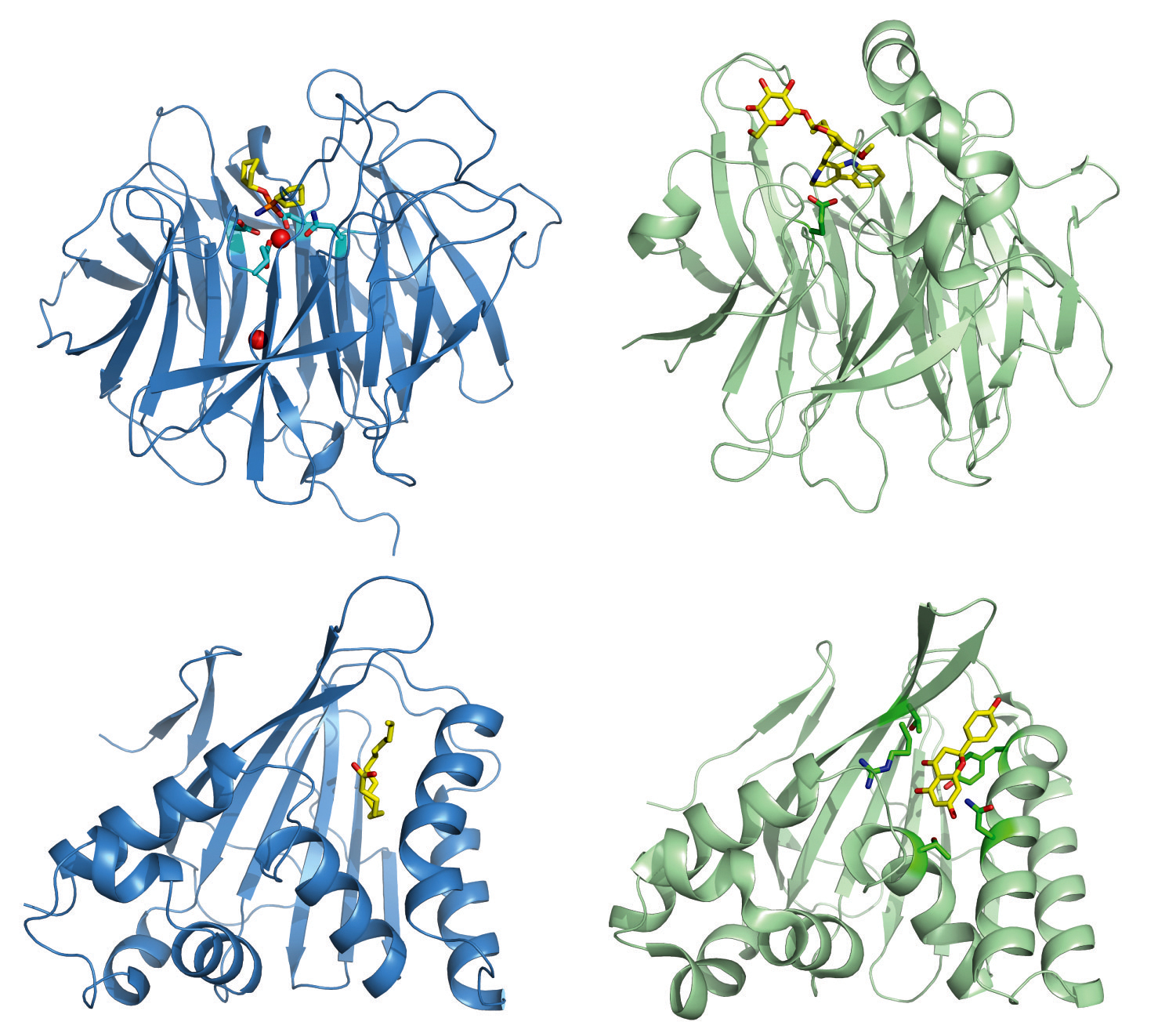Researchers
speculate "specialized metabolism" was key to terrestrial takeover of
plants
 "Plants produce a repository of
structurally diverse chemicals ..." That's how a new paper begins that
proposes some provocative ideas about how plants developed the wide assortment
of chemicals they use to sustain life and how they developed other chemicals
that may or may not contribute to their immediate survival, but instead often
ensure reproductive success in changing, earth environments.
"Plants produce a repository of
structurally diverse chemicals ..." That's how a new paper begins that
proposes some provocative ideas about how plants developed the wide assortment
of chemicals they use to sustain life and how they developed other chemicals
that may or may not contribute to their immediate survival, but instead often
ensure reproductive success in changing, earth environments.
In a June 29 journal Science review
paper, Joseph P. Noel, a lead investigator at the Salk Institute for Biological
Studies and the Howard Hughes Medical Institute, and colleagues speculate that
plant chemodiversity results from rapid and sometimes unanticipated
evolutionary steps.
Noel, along with Jing-Ke Weng and Ryan
Philippe also with the Salk Institute, theorize that a very early form of
chemical reactions that occurred in the prebiotic soup paved the way for
production of chemicals important to the survival of the earliest cellular
organisms--chemicals including those essential for building nucleic
acids--biological molecules such as DNA, RNA and proteins necessary for
encoding, transmitting and expressing genetic information.
The researchers speculate these chemical
processes, now catalytically robust, evolved into separate pathways both in
early plants and in their aquatic ancestors.
One pathway--having chemical processes
termed primary metabolism--allowed the production of life-sustaining chemicals.
The other pathway produced chemicals
that no longer carry life sustaining functions. Instead, these chemicals have
more subtle effects on plants' fitness, or reproductive success in their local
environments.
In the paper, the researchers
hypothesize these secondary chemical processes arose from the more conserved,
life-sustaining processes and term them "specialized metabolism."
"Understanding how plants evolved
their ability to synthesize secondary metabolites--such a vast and diverse
array of chemicals--is a challenging problem," said Parag Chitnis,
director of NSF's Division of Molecular & Cellular Biosciences, which
funded Noel's research. "In this article, Dr. Noel and his colleagues present
an attractive and plausible explanation."
Noel, Weng and Philippe speculate that
specialized metabolism is more malleable than life-sustaining metabolic
processes, and that specialized metabolic systems can evolve rapidly to produce
new "tailor-made molecules" as means to adapt to ever-changing environments.
"Primary metabolism likely arose
from promiscuous primeval metabolic reactions and evolved toward greater
catalytic precision and efficiency," the researchers write in their
article. "Specialized metabolism likely emerged from primary metabolism."
According to the researchers,
specialized metabolism likely permitted more and varied chemical reactions and
natural products because the enzymes responsible for their synthesis were more
flexible in ways scientists are only now beginning to understand at the
molecular level.
The upshot was the emergence of
secondary chemical reactions that produce color in flowers; rubber for vehicle
tires; flavor, smells, nutrition and browning in fruits and wine; natural plant
antibiotics; fragrances to attract pollinators and repel herbivores, and even
the characteristic aroma and flavor of the cabbage and tomato families.
"Plant secondary metabolism
generates a huge diversity of chemicals that are not only very important to the
plant, but also for humans," said Greg Warr, a program manager in NSF's
Division of Molecular & Cellular Biosciences. "For example, we often
depend on plant products for nutrition, fuel, biorenewable chemicals, clothing,
shelter and pharmaceuticals."
 What's more, Noel and colleagues speculate
the depth of specialized metabolism likely mirrored the takeover of Earth by
plants that form the essential core of the global food network. As primary
metabolism produced life-sustaining chemical reactions, specialized metabolism
gave rise to secondary chemical reactions that allowed plants to adapt to
geographically dispersed environments, many of which are challenging to other
forms of life.
What's more, Noel and colleagues speculate
the depth of specialized metabolism likely mirrored the takeover of Earth by
plants that form the essential core of the global food network. As primary
metabolism produced life-sustaining chemical reactions, specialized metabolism
gave rise to secondary chemical reactions that allowed plants to adapt to
geographically dispersed environments, many of which are challenging to other
forms of life.
For example, some metabolites, plant
hormones regulate various aspects of plant growth and development in response
to environmental cues, while others act as ultraviolet sunscreens and prevent
dehydration.
"The ability of these complex
biological systems in plants to evolve quickly to solve problems of plant
survival and reproduction, will ultimately teach us the lessons learned over a
500 million year old experiment plants have been conducting since the dawn of
terrestrial life," said Noel.
"Without this ongoing experiment,
humankind and all the animal life we know of on the terrestrial earth would
cease to exist."
The researchers hope the Science review
paper will help provide a provocative and more informed set of hypotheses
regarding the amazing tapestry of plant chemistry while also posing still
unanswered but fundamental problems to life. "It will certainly guide
future research in this important area," said Chitnis.
-NSF-







No comments:
Post a Comment